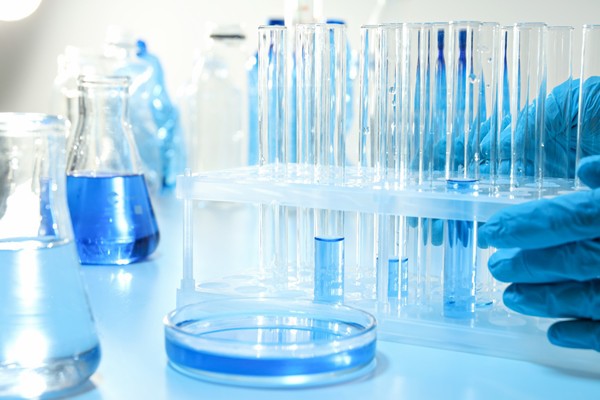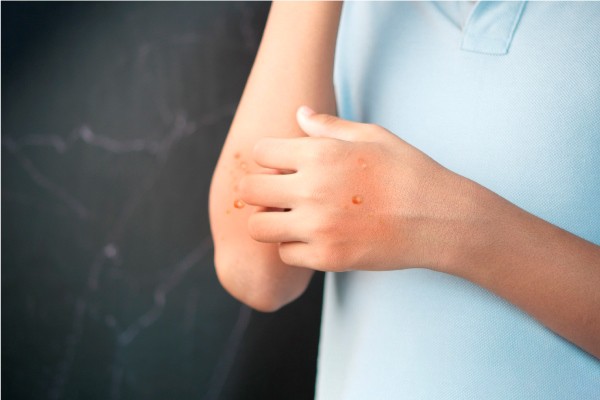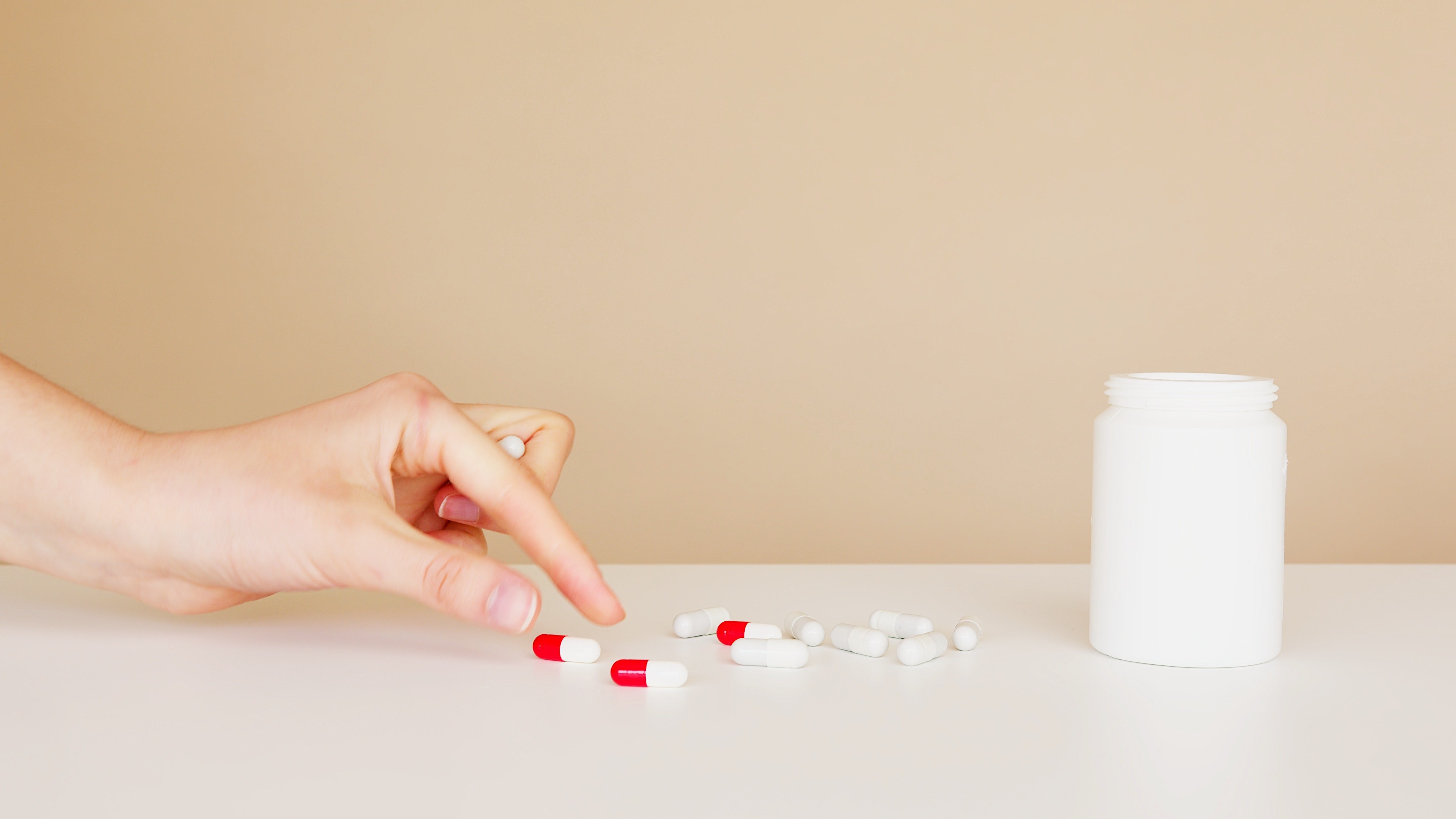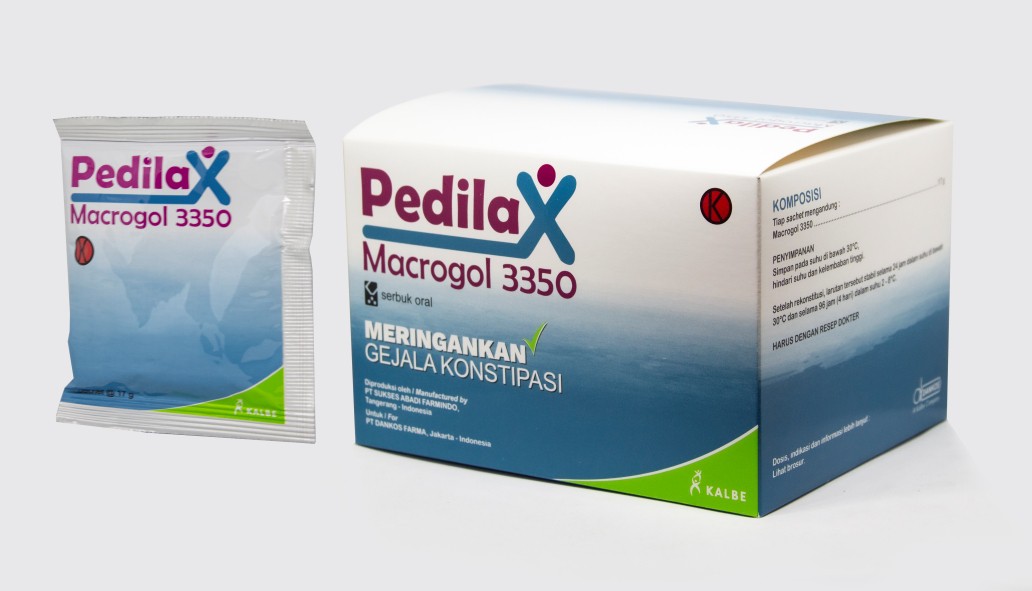
Polyethylene glycol (PEG) is commonly used as a vehicle for oral and parenteral drugs. PEG used as a vehicle is PEG with low molecular weight (200-600) because it has a liquid form. PEG as an excipient has been approved by the FDA and is considered safe.
The physical form of Polyethylene glycol (PEG) depends on its molecular weight; low molecular weight (200-600) is generally clear liquid, medium molecular weight is semi-solid, and high molecular weight is solid. This diversity of forms allows PEG to be used as a vehicle for oral and parenteral preparations, even encapsulated into capsule form. PEG with low molecular weight has more hydroxy groups per weight and higher hygroscopicity ability than PEG with higher molecular weight.
The ability of PEG to bind water is an excellent reason to be used as an ideal vehicle for poorly water-soluble drugs. For example, digoxin is said to be better absorbed by the gastrointestinal tract when administered in PEG 400 solution in soft capsules. Digoxin soft capsules showed an increased absorption rate (Cmax) and Tmax faster with PEG 400 co-administration. In addition, ibuprofen co-administration with PEG in soft capsules also showed better Cmax and Tmax. The same is true for parenteral preparations.
Small molecular weight PEG given orally is well absorbed from the gastrointestinal tract, and >90% is excreted unchanged in the urine and feces of human subjects. Oral PEG absorption is known to decrease with increasing molecular weight. It was stated that the absorbed fraction was 100% in PEG 200 and PEG300, 10% absorption in PEG4000, and 0% in PEG 6000. 75% of PEG400 was found to have been excreted in the urine 4 hours after oral administration, implying that absorption of the polymer occurs predominantly in the small intestine. PEG, with a smaller molecular weight, is thought to be absorbed through the intestinal epithelium by a passive diffusion process.
PEG is said to be inert or weak when given orally. A 2-year study of PEG toxicity in mice showed that PEG400 had no effect when consumed up to 2% of the total diet, and PEG1540 or PEG4000 had no effect when consumed up to 4% of the whole diet. Studies in dogs show that PEG400, PEG1500, and PEG4000 have no effect when consumed up to 2% of the entire diet for one year. A higher molecular weight, namely PEG6000, is said to be less toxic when taken orally than PEG with a lower molecular weight.
Prolonged administration of PEG in the form of a cream applied to burns has been reported to increase serum osmolality, metabolic acidosis, hypercalcemia, and renal failure. PEG will undergo sequential oxidation with alcohol dehydrogenase and aldehyde dehydrogenase into aldehyde, hydroxy acid, and diacid metabolites. The presence of glycol and its acid metabolites in serum increases osmolality and metabolic acidosis. Acid metabolites from PEG act as chelators, thereby reducing serum calcium levels. Therefore, this induces a physiological response in the body to increase the amount of calcium, resulting in hypercalcemia in these patients. This topical administration of PEG also showed that the aldehyde and acid metabolites of PEG were toxic to renal epithelial cells, which was characterized by an increase in creatinine and blood urea nitrogen (BUN). However, this study stated that the topical administration of PEG, which showed this toxicity, did not reflect the oral administration of PEG.
PEG has been approved by the FDA as an excipient and is considered safe. However, it should be ensured that there are no ingredients that cause toxic impurities, ethylene oxide, 1,4-dioxane, ethylene glycol (EG), and diethylene glycol (DG). Both EG and DG are said to be harmful to human health and are nephrotoxic.
Conclusion:
PEG is water soluble, so it becomes an ideal vehicle for oral and parenteral drug preparations. However, PEG used as a vehicle is PEG with low molecular weight (200-600) because it has a liquid form. PEG as an excipient has been approved by the FDA and is considered safe.
Image: Illustration (Source: atlascompany Freepik)
Reference:
1. Gullapalli RP, Mazzitelli CL. Polyethylene glycols in oral and parenteral formulations—A critical review. International Journal of Pharmaceutics 2015;496(2):219–39. DOI: https://doi.org/10.1016/j.ijpharm.2015.11.015
2. Detecting ethylene glycol and diethylene glycol Impurities [Internet]. 2022 [cited 2022 Oct 20]. Available from: https://www.azom.com/article.aspx?ArticleID=21956











